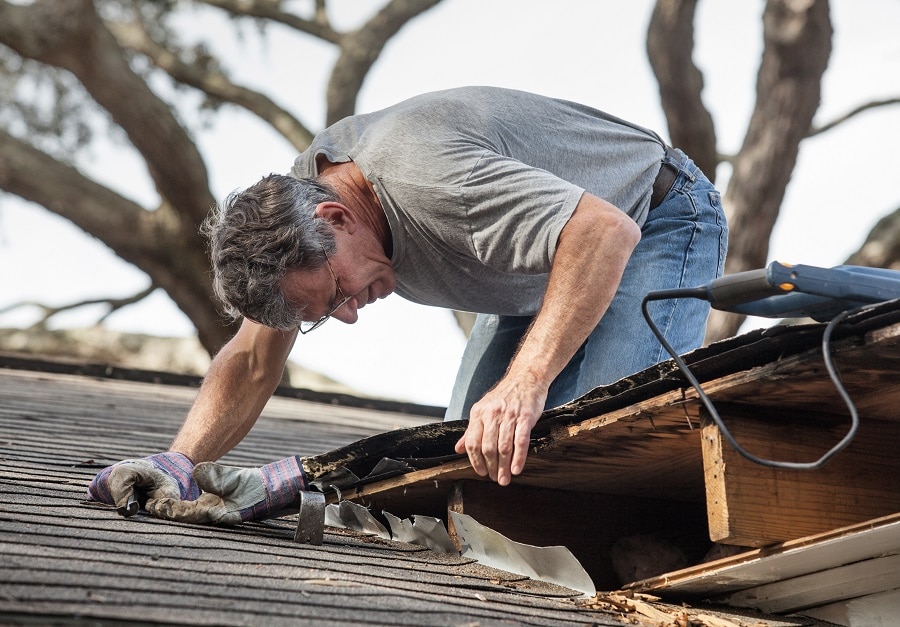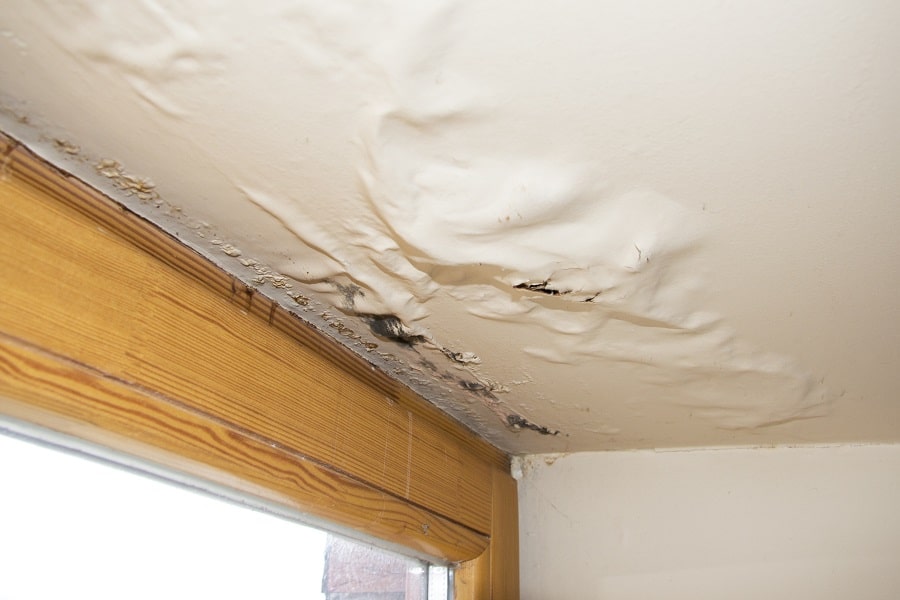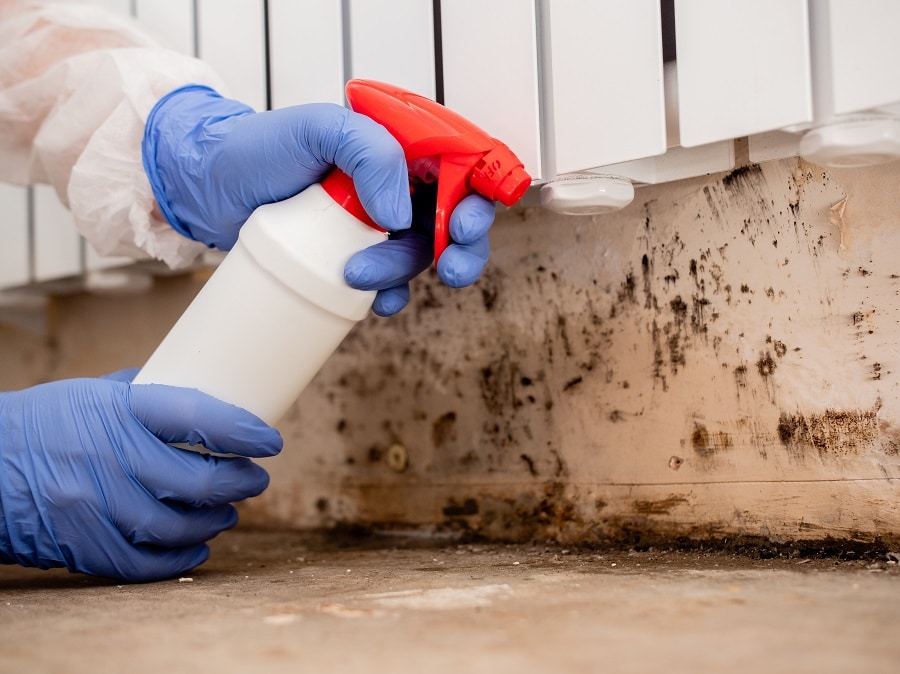Timber decay within buildings of any age is often caused by rot. Wood rot can show up in two prevalent forms: dry rot and wet rot, both resulting from fungal decay suffered by building timbers.
What is Wet Rot?
This type of rot can be found in wet timber. It warps the timber, making it swell and causing the fibres to separate, this can lead to loss of strength, and eventually, crumbling in the timber structure. Wet rot can expedite decay in timber, making it lose structural integrity and to eventually break. Constant exposure to sources of moisture is usually responsible for the formation of wet rot. This can be from faulty plumbing or penetrating damp from the building’s ‘wet’ side. Wet rot is fungi, it spreads to timbers close-by and causes damage.
Our Guarantee
- upto 30 year guarantee
- customer focused team
- 20 years combined experience
- portfolio of satified customers
- attention to detail
- Construction line accreditation
- public liability insurance
- CHAS accreditation
What is the Difference Between Dry Rot and Wet Rot?
Dry rot triggers quick and extensive damage to structural timber as it spreads through the affected property. Wet rot, on the other hand, is far more common even though the effects are less severe: damage is restricted to the waterlogged areas on the timber. In the absence of noticeable fungi, we can identify wet or dry rot by observing the variation in timber colour and the size of the cracks seen on the timber.
What causes Wet Rot?
Certain environmental conditions are behind the development of wet rot spores. The primary cause of wet rot is moist timber. Moisture facilitates the growth of the Wet Rot fungus. In these cases, the timber starts to show visible signs of decay.
The Dangers of Wet Rot in Selsey
Wet rot is a devastating problem. It can destroy your home and ruin its value. Wet rot must be treated immediately it is noticed, or it will spread throughout your home. A recent survey asked 2,038 London homeowners if they ever noticed wet rot in their homes, where the rot was found, and also if they had any success preventing a recurrence.
Surprisingly, out of the respondents, 20% had battled some form of wet rot. Wet Rot attacks timber flooring and can potentially make the property structurally unsafe. Besides causing expensive repair work, devalue your property and most insurance companies will not offer policies on houses where there are signs of damp build-up or moisture ingress.

What are the Warning Signs of Wet Rot?
The signs of wet rot or the conditions that allow the fungus to gain a foothold in the timber depend on the type of moisture it comes in contact with. Common signs include a malfunctioning central heating boiler, musty smell, peeling wallpaper, and cookers not working properly. Some common locations for wet rot include underneath the kitchen sink, roof spaces/attics, and along external walls. It commonly affects older houses which have been built with timber frames and not modern timber species such as Sapele or Meranti. Timber below ground level and as high as the one-floor level are also vulnerable to wet rot. Identifying wet rot or dry rot is the first step toward preventing it. A damp survey is on the cards if you believe your home has been infested.
Call Our Sussex Damp Experts team now for quote, consultation and advice:
Call on 01273 257 765.
How and When Should I Look for Wood Rot?
It should be an annual task, similar to spring cleaning to search your home for signs of damp or wood rot, and a good time to do it is during your pre-winter weatherproofing activities. You need a flashlight and a screwdriver.
If your home has wood siding, you should examine it for signs of discolouration or swelling. Paint can cover wood rot, so the wood must be rough and solid, try jabbing the siding with your screwdriver. If you notice that the wood feels spongy and the surface gives in to pressure, then you have wood rot. Use a powerful flashlight to search for discoloured wood in the attic. Perform the screwdriver test if you find any that matches this description. Ensure you check the underside of the roof decking, in the joints where the wood members connect at the top of the roof, and at the edges of the attic where the rafters slope down to form the eaves, are prime spots in the attic for wood rot.
With the flashlight search for discolouration around the border wood plate that sits on top of your concrete basement wall, scrutinize the wood members. Inspect any discoloured areas using the screwdriver. Check floors and walls for signs of discolouration underneath the sinks or water leakage around the water heater and baths/tubs.
How do we identify wet rot?
Identifying wet rot is not an easy feat, several forms of wet rot have different effects on timber. If a knife pushed into painted timber goes in right up to its handle, that’s a certain indication of rot. Our team of damp-proofing specialists have advanced training and years of experience to pick out the following:
- Localised fungal growth on timber
- The soft, spongy feel of timber; the affected area appears darker than the surrounding timber.
- The soft and spongy texture of rotting timber; the affected region often looks darker than the other parts.
- That spongy, soft feel timber gets when affected by wet rot; the affected parts are darker than the other areas.
- The spongy, soft texture of rotten timber; the infested area is darker than the other parts.
- The springy feeling that is an indicator of wet rot; the affected area is often darker than others around it.
- Crumbling of affected dry timber into particles.
- Dry timber crumbling into particles.
- The crumbling of infested timber into dry particles.
- Dried-out timber disintegrating into particles.
- The disintegration of rot-eaten timber into particles.
- Shrinking timber
- Bleaching wood in window and door frames
- Flaky or damaged paint
- A musty, damp smell
What to Do After You Detect Wet Rot?
You need to engage the help of a damp expert when you notice wet rot. The source of moisture must be identified and blocked to avoid similar cases in the future. For more help on wet rot treatment, Sussex Damp Experts can help! Reach us on 01273 257 765 today.
Wet Rot and Damp Proofing in Selsey

If you are looking for professional wet rot treatment and damp proofing services in Selsey, we are here for you. Call us if you notice any signs of damp or wet rot in your home, we can fix the problem and help you avoid the health risks and potential damage to your building’s structural integrity as the decay spreads. One of our qualified damp surveyors will be able to determine the cause of the problem and the best course of action to rectify the issue.
Timber damp proofing is quite different from cosmetic treatment; it is a strategic approach to maintenance that is geared towards protecting the timber from decay. There are two main ways to protect the timber.
Surface treatments are never reliable; they fail and worsen the situation in due course. The only available solutions include covering the surfaces using membranes, treating or replacing the timber. If you want to speak to our experts for further information on wet rot treatment, call 01273 257 765 today and let Sussex Damp Experts help.
Wet Rot Treatment Specialists in Selsey
With 20 years of experience offering damp proofing solutions, we are among Selsey’s premier wet rot experts, providing free, no-obligation surveys and cost estimates to domestic homeowners and commercial property owners. Our damp proofing team will pay you a visit and identify signs of moisture invasion and wet rot, we will then provide a lasting solution to fix the problem. Our experts apply advanced methods to tackle the progression of different types of wet rot in buildings.
Wet Rot Treatment in Selsey
Wet rot flourishes in areas where timber comes in contact with moisture and the wood remains damp. Nevertheless, during wet rot treatment we don’t just fix the damage alone, we address the issue from the source. We examine the pathways moisture takes in reaching the timber and block them all off, eliminating the possibility of a repeat case. Wet rot treatment should be left to experts who can provide a comprehensive solution. Delay in treatment can result in a compounded increase in the treatment cost. When you observe the development of fungi growth or hyphae strands, you are best off to engage the services of a specialist team of experts, such as Sussex Damp Experts.

We have the expertise to effectively treat wet rot. Sussex Damp Experts can help you save your timber, we quickly investigate the source of the humidity and which areas are under threat of decay. Don’t delay any longer, call 01273 257 765 today or fill out the contact form.
Our Wet Rot Treatment Process in Selsey
The damage worsens the more you put off starting the treatment process. Treatment might only be required for a small area if you can detect the signs of fungal rot early enough. In situations where the rot has advanced across your timber’s breadth, you may need to get replacements for full timber beams or take on major repair work. Wet rot treatment involves several steps. The treatment of any fungus-related issue involving timber should start by protecting it from damp. If there is a seepage of water into your home or timber, regardless of whether the cause is broken guttering, condensation, or anything else, we locate the source of water/moisture ingress and take corrective action. Replacing the affected wood is often the port of call for inexperienced builders or contractors. This is usually followed by applying chemical preservatives to the damaged area. This method will end in disaster. If you are unsure about the presence of wet rot in your building, no worries! Sussex Damp Experts is always ready to help you get rid of it and save your timber.
What happens to Wet Rot if left untreated?
Leaving wet rot to grow unchecked will lead to the weakening of the structural timber which could affect the safety of the residents. The timber gets soft and spongy as rot sets in, this means it will cave in when prodded with a sharp-edged object like a knife or screwdriver. The long-term result is a loss of structural integrity in the timber, which could eventually lead to your building being condemned. Call Sussex Damp Experts on 01273 257 765 to get your treatment project started today.
What is the cost of Wet Rot Treatment in Selsey?
The effects of rot are devastating for any property. The cost of repair work and damp proofing will vary based on the type and severity of the infestation, but that shouldn’t deter you. Our wet rot treatment services in Selsey come at an affordable cost. We are dedicated to providing the right solutions to help you keep your home rot-free.
How to prevent wet rot?
Wood should be protected from moisture at all times to prevent decay. You can use wood hardeners to give timber in at-risk areas an extra layer of protection against moisture. Areas that are more prone to damage from damp include window boxes and sills, and timber in close contact with stonework without being subjected to damp proofing treatment like the use of sealants or fungicides.
Talk to Our Wet Rot Treatment Experts Today!
Call 01273 257 765 today to speak to one of our experts concerning wet rot treatment in your building.
FAQ
Is wet rot smelly?
Is Wet Rot Capable of Spreading?
Can Wet Rot Cause Health Problems?
Is there a DIY treatment solution?




